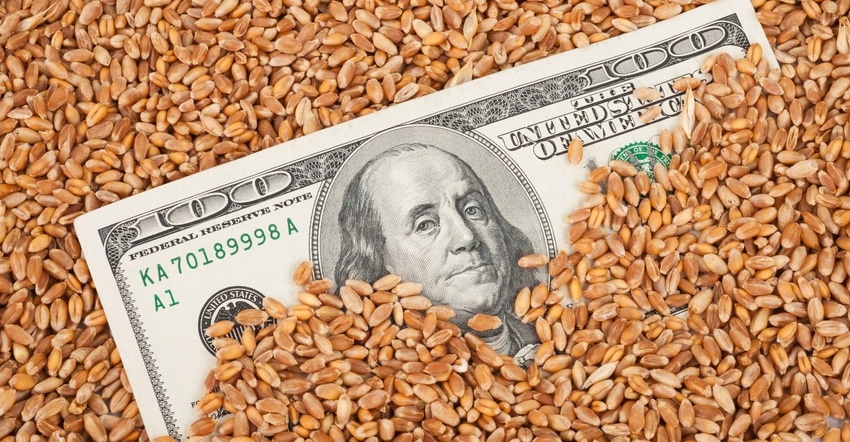
A Canadian agriculture producer on a webcast asked an interesting question, “Is inflation headed toward levels experienced five decades ago?” Let's dust off the old playbook and examine past and current levels of inflation to anticipate implications for producers and consumers.
Flashback
The drivers of inflation decades ago were related to a convergence of events. The main culprit was the disruption of oil and energy production. At the time, tensions were high in the Middle East, where much of the oil was produced. Couple this with the growing world economy fueled by the globalization trend that started after World War II. Postwar baby boomers were getting jobs, forming households, and purchasing cars, homes, and consumer goods. In addition, the Federal Reserve had “all spigots open” in terms of money supply and money velocity. A combination of these factors led to double-digit inflation that was quickly extinguished by a rapid increase in interest rates by Federal Reserve Chairman Paul Volcker.
Five decades later
After decades of subdued inflation and concerns about deflation, a convergence of events with some of the familiar faces is on the inflation stage again.
Oil and energy are front and center as a result of the global shift from fossil fuels to green energy. Some players, such as OPEC and Russia, are in control of production, particularly with the expanded demand.
The central banks in the U.S. and around the world unintentionally induced inflation with increased money supply that also had an impact on the velocity of money, which is a measure of the number of times that the average unit of currency is used to purchase goods and services within a given time period. Essentially, too much money is chasing too few goods. Generous fiscal policy in the U.S. and globally, which amounted to 14% of the $85 trillion world economy, has been a large contributor to inflation also.
The real culprit for inflation was the unintended consequences of business consolidation and just-in-time management strategies which resulted in razor thin inventories, or no inventories, when demand unexpectantly increased. As we all know, this led to supply chain issues that have still not been resolved. Couple these components with stimulus checks and extended unemployment benefits, and you have a cocktail for increased inflation now with a duration of one year and counting.
While the current inflation rate is not as high as it was five decades ago, producers and consumers may feel the effects of higher inflation because inflation has been so low for so long.
To determine the extent and duration of inflation, watch the following variables:
Keep an eye on consumer confidence in the United States and globally, which drives 55 to 70 percent of rich nations' economies. The current metric is trending negative.
Central bank strategy: How quickly will central banks around the world reduce accommodative monetary policy and raise interest rates? It appears that the Federal Reserve may increase interest rates four times this year.
Although it may require some time, supply chains will move closer to the marketplaces they serve. For example, where inputs may have been purchased from China in the past, U.S. companies may start sourcing these inputs from closer to home, focusing on North American suppliers.
Baby boomers, who hold considerable wealth and spending power, will move into lower consumption patterns as they age. Watch for this, not only here in the United States, but in Europe, China, and the rest of the world.
Another variant of the virus that causes COVID-19 or a geopolitical military outbreak, which creates shortages, could result in inflation for at least two to three years.
Source: David Kohl, which is solely responsible for the information provided and is wholly owned by the source. Informa Business Media and all its subsidiaries are not responsible for any of the content contained in this information asset.
About the Author(s)
You May Also Like






